Author: Printedcircuitboardmanufacturers
-

Using Flyback Diodes in Relays Prevents Electrical Noise in Your Circuits
•
Introduction to Flyback Diodes Flyback diodes, also known as snubber diodes or freewheeling diodes, are an essential component in relay circuits. They play a crucial role in preventing electrical noise and protecting sensitive components from voltage spikes that occur when a relay is switched off. In this article, we will…
-
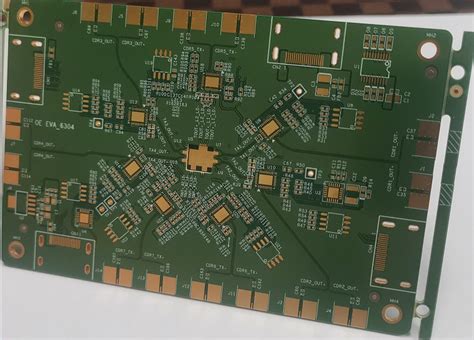
What is High Speed PCB Design?
•
Understanding High-Speed Signals What are High-Speed Signals? High-speed signals are electrical signals that have a high frequency and fast rise and fall times. These signals are typically used in applications such as high-speed digital interfaces, high-bandwidth analog circuits, and radio frequency (RF) systems. The frequency range for high-speed signals can…
-
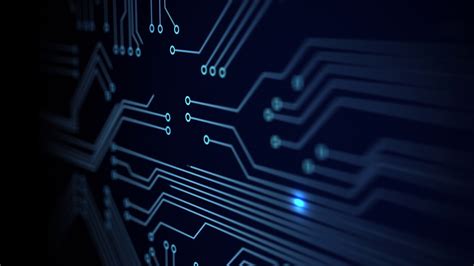
software rigid flex designing you can define and animate your pcbs
•
What is Rigid Flex PCB Design? Rigid flex PCB design is a technique that combines the benefits of both rigid and flexible PCBs. It involves creating a single board that has both rigid and flexible sections, enabling the board to bend and fold in specific areas while maintaining its structural…
-
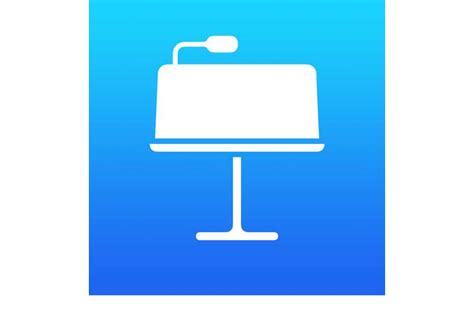
keynote how keep your boards screaming banshee eric bogatin altiumlive 2022
•
Introduction to the Keynote and Eric Bogatin Eric Bogatin, a renowned expert in signal integrity and interconnect design, delivered an insightful keynote address titled “How to Keep Your Boards Screaming Banshee” at the altiumlive 2022 conference. With his vast experience and knowledge in the field, Bogatin shared valuable insights and…
-

supply chain insights ihs markit altiumlive 2022
•
Introduction to AltiumLive and Supply Chain Challenges AltiumLive 2022, the annual conference for electronics design professionals, featured valuable insights on the current state of supply chains from IHS Markit, a leading provider of market intelligence and analysis. The ongoing global pandemic has exposed vulnerabilities in supply chains across various industries,…
-
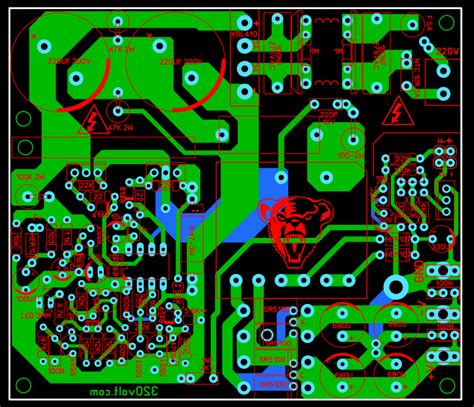
switched mode power supply pcb layout guidelines
•
Understanding the Basics of SMPS PCB Layout Before diving into the specific guidelines, it’s important to understand the basic principles of SMPS PCB layout. An SMPS consists of several key components, including: Power transformer Switching devices (MOSFETs or IGBTs) Rectifier diodes Output filter capacitors Control circuitry The primary goal of…
-
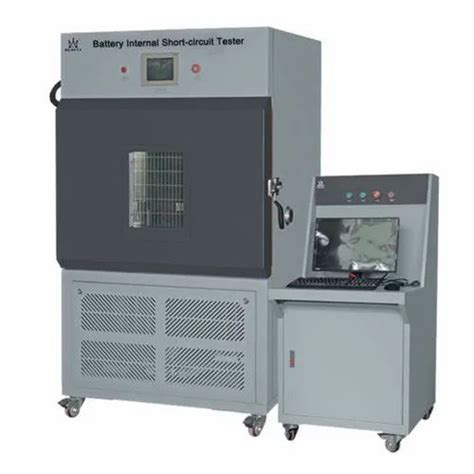
How to Test For a Short Circuit on a PCB
•
What Causes Short Circuits on PCBs? Short circuits on PCBs can occur due to several reasons: Manufacturing defects: Improper etching, drilling, or plating during the PCB manufacturing process can lead to unintended connections between traces or components. Design flaws: Inadequate spacing between traces or improper component placement can result in…
-
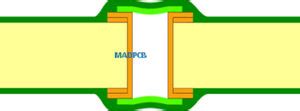
What Is Tenting Via And Why It Is Important In PCB Fabrication
•
Introduction to Tenting Via in PCB Fabrication Printed Circuit Board (PCB) fabrication is a complex process that involves various techniques and methods to create a functional and reliable electronic device. One of the crucial aspects of PCB fabrication is the use of vias, which are small holes drilled through the…
-
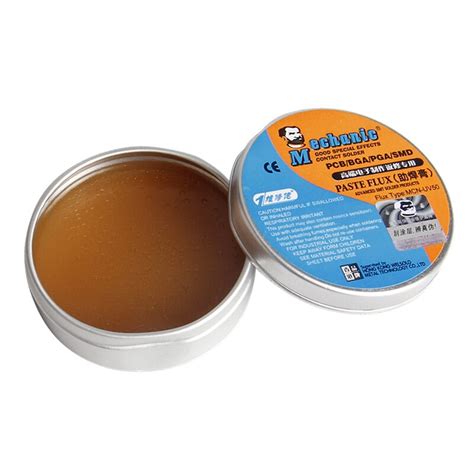
What Is Solder Flux And How Do You Use It
•
What is Solder Flux? Solder flux is a chemical cleaning agent used in soldering to help remove oxides and other contaminants from the surfaces to be soldered. It promotes wetting of the solder to the workpiece, enabling a strong metallurgical bond and reliable electrical connection. Flux serves three key functions…
-
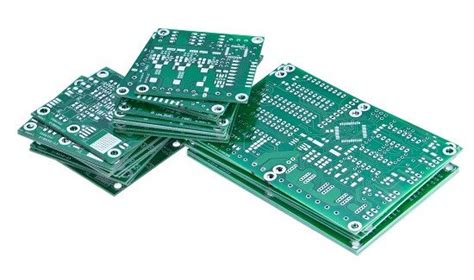
Choosing the Correct Thickness for PCB Prototype
•
Understanding PCB Thickness PCB thickness is measured in mils (thousandths of an inch) or millimeters (mm). The most common PCB thicknesses range from 0.8mm to 2.0mm, with 1.6mm being the most widely used standard thickness. However, the choice of thickness depends on several factors, including the application, the number of…